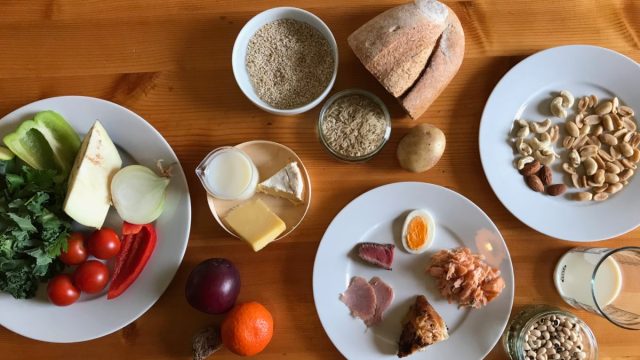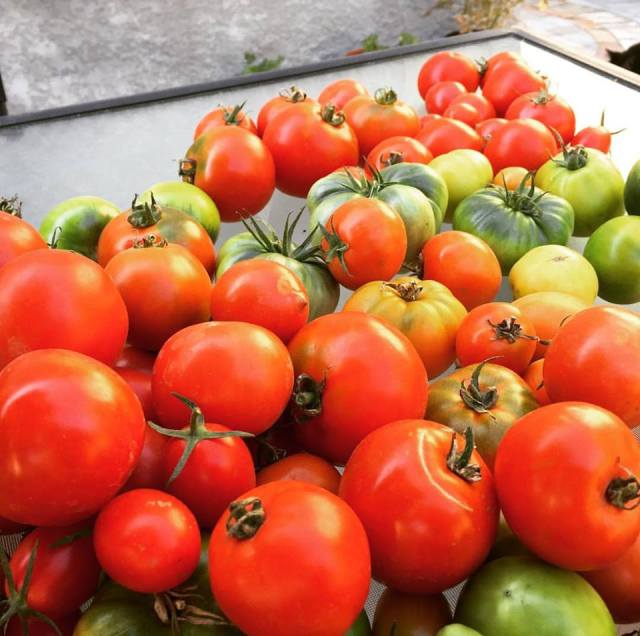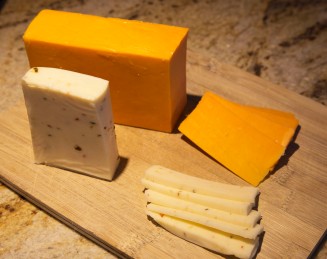March is Nutrition Month. This year’s theme “More than Food” is focused on more than just the foods we eat.
Food choices play an important role in any diet but are eating habits and behaviors such as how, when, where and why we eat and drink is equally important.
Below are some healthy eating habits:
Eat mindfully
- Remember to listen to your body and follow your hunger and satiety signals. Don’t be afraid to take your time when eating to allow yourself to fully appreciate your food.
- Live in the moment and focus on the flavour, texture, temperature, smell and taste to enhance your food experiences.
Cook more often
- Cooking your own meals allows you to be in full control. Although it may be tempting to grab a fast burger or to enjoy the pleasures of a sit-down restaurant, aim to cook from home most frequently. This allows you to be more mindful of the foods you consume and for the selection of healthier food options.
Enjoy your food and eat with others
- Food is about way more than the physical items themselves. Make your cultural food items and enjoy your food traditions to get the most out of your eating experiences.
- Eat your meals with other to promote a social environment and to enhance your meals

Looking for some easy recipe ideas to help you with these eating habits, check out this recipe eBook at:
For more information, visit Canada’s Food Guide: https://foodguide.canada.ca/en/ and www.nutritionmonth2020.ca
















